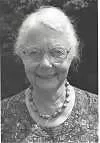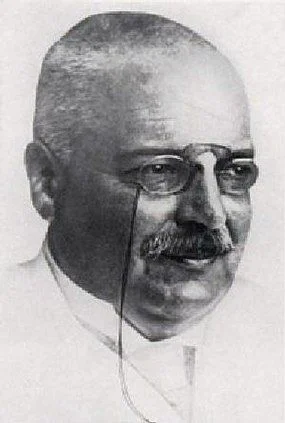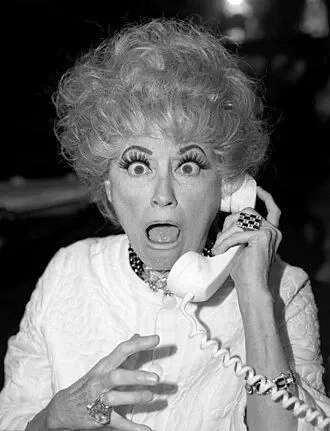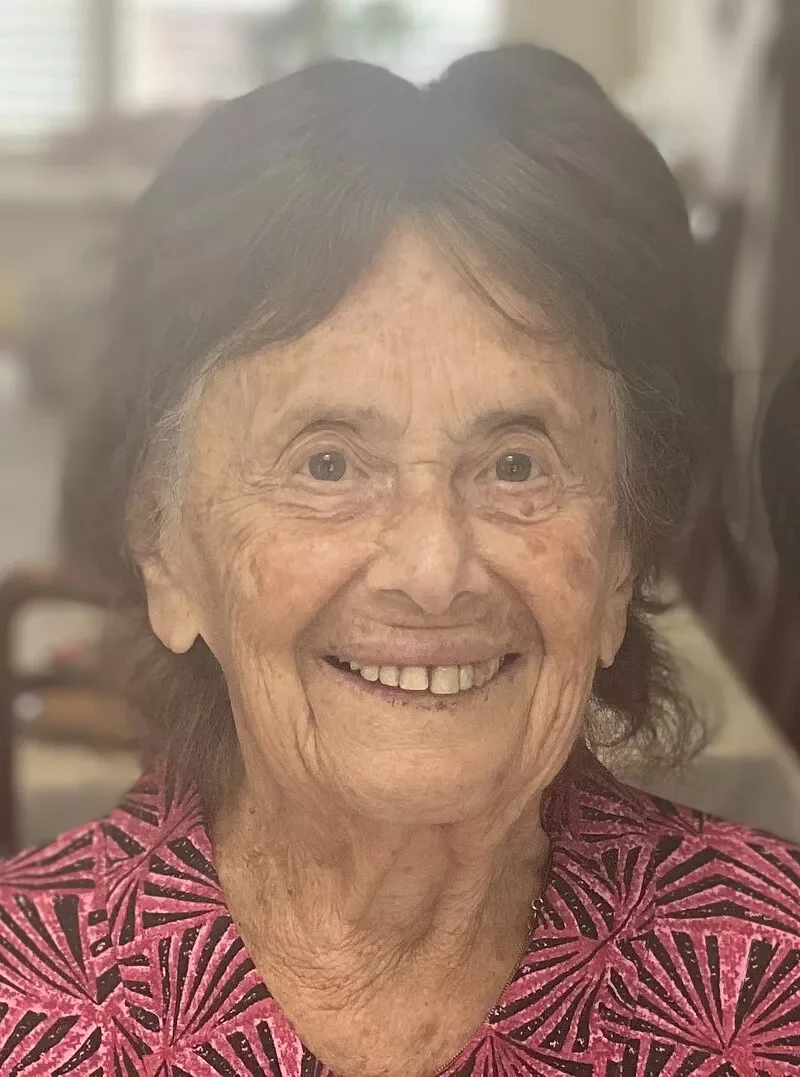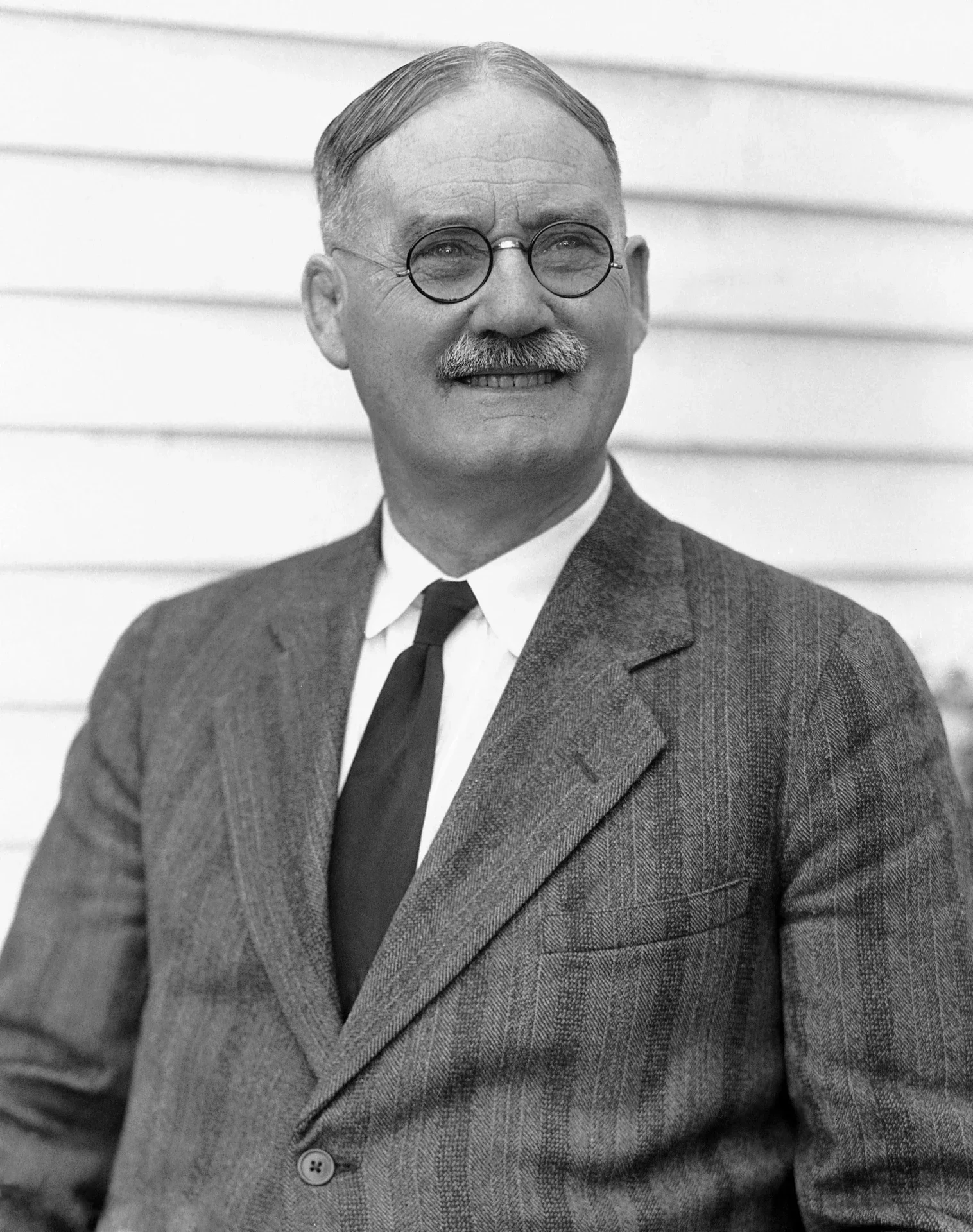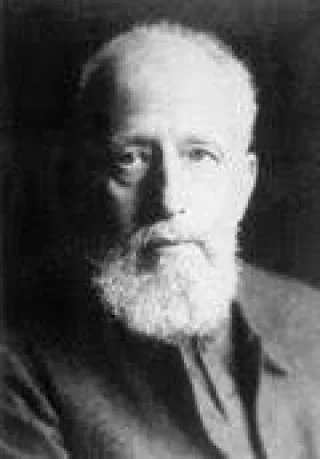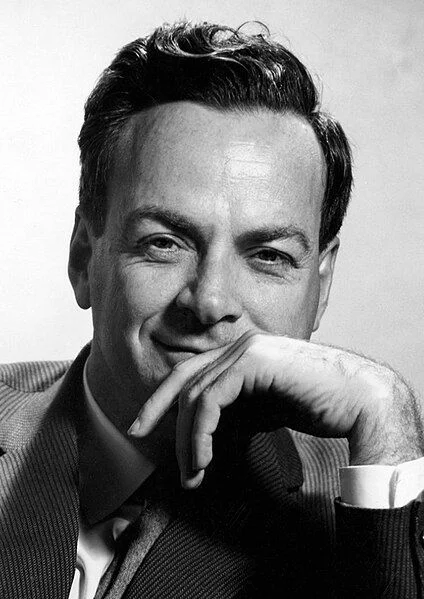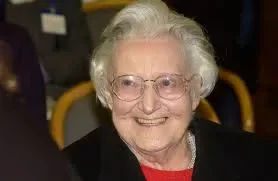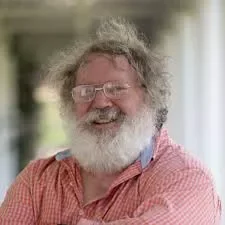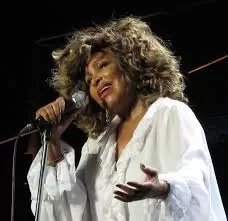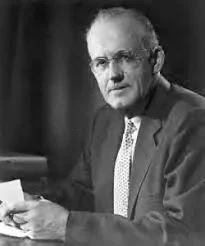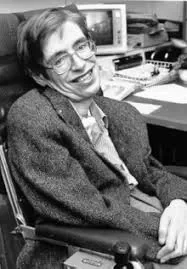Real Celebrities Never Die!
OR
Search For Past Celebrities Whose Birthday You Share
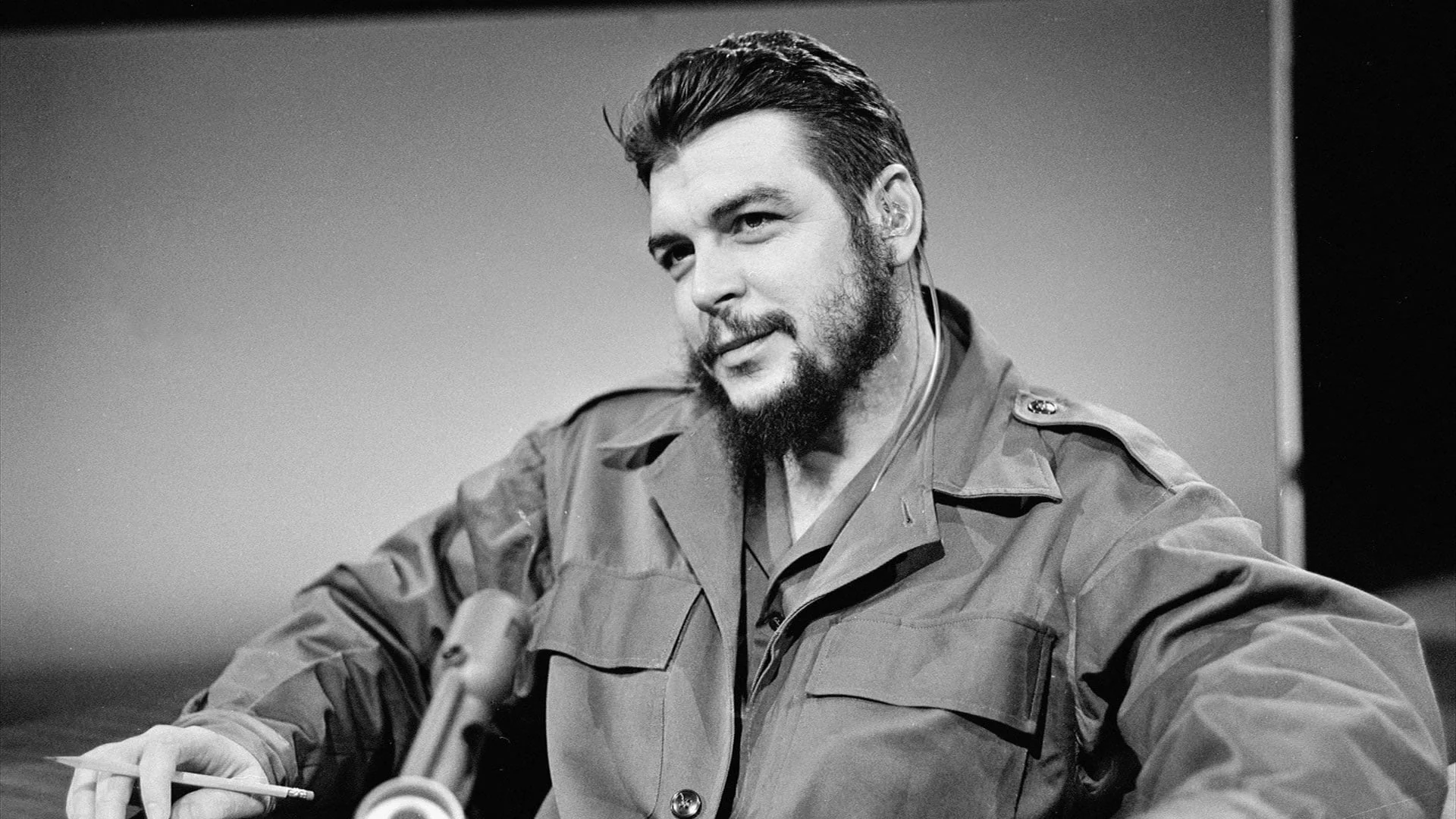
source:cropper.watch.aetnd.com
Che Guevara
Birthday:
14 Jun, 1928
Date of Death:
09 Oct, 1967
Cause of death:
Execution by shooting
Nationality:
Argentina, Cuba
Famous As:
Diplomat
Age at the time of death:
39
Early Life and Education
Ernesto “Che” Guevara was an Argentine Marxist revolutionary, physician, author, guerrilla leader, and military theorist. He was a prominent figure in the Cuban Revolution and played a crucial role in overthrowing the government of Cuban dictator Fulgencio Batista. Che Guevara was born on June 14, 1928, in Rosario, Argentina, and came from a middle-class family of Spanish-Irish descent. He was the first child of Ernesto Guevara Lynch and Celia de la Serna, both of whom were well-educated and politically engaged.
Guevara developed a strong compassion for the poor and destitute from an early age. His family hosted veterans from the Spanish Civil War, which further exposed him to revolutionary ideas and the struggles against oppression. Che Guevara suffered from asthma throughout his childhood and adolescence, making him interested in medicine. He studied medicine at the University of Buenos Aires, where he was known for his brilliant academic performance. Despite his asthma, Guevara excelled in sports activities like swimming, football, golf, and cycling.
The Motorcycle Diaries and Early Influences
Che Guevara started an adventurous nine-month motorcycle journey through South America with his friend Alberto Granado in 1951. During his journey, he was exposed to the extreme poverty and exploitation faced by the continent’s people. He was deeply affected by the harsh working conditions and wanted to fight against social injustice. He took notes during his trip to write an account, titled “The Motorcycle Diaries,” which documented his experiences and later became a bestselling book and was adapted into a film in 2004. After his journey, he returned to the University of Buenos Aires to conclude his studies and earned his medical degree in 1953.
Political Awakening and Meeting Fidel Castro
Che Guevara’s political career began during his travels in Latin America, where he witnessed the poverty, exploitation, and inequality experienced by many in the region. In 1955, Guevara met Fidel Castro and his brother Raúl Castro in Mexico and was drawn to their revolutionary ideas and dedication to overthrowing the Batista dictatorship in Cuba. He became a core member of the revolution and played a significant role in planning and executing the guerrilla campaign.
The Cuban Revolution
Guevara led a group of fighters in the Sierra Maestra mountains, engaging in hit-and-run tactics against Batista’s forces. He established factories for weapons, built ovens for bread, organized schools for literacy, and even set up health clinics. In late 1958, Guevara’s successful military tactics and leadership brought victory in the crucial Battle of Santa Clara, a key transportation hub and one of the largest urban centers under Batista’s control. Guevara’s victory encouraged other cities and regions to rise up against Batista’s regime, and finally, the revolution ended.
Che Guevara's Quote's
Post-Revolutionary Cuba
After the revolution’s success, Guevara implemented significant social and economic reforms in Cuba, including the nationalization of industries, land redistribution, and the organizing of social programs aimed at improving healthcare and education. In 1961, he advocated for education and led the national literacy campaign in Cuba. From 1961 to 1965, Guevara held the position of Minister of Industry in Cuba and focused on industrialization, economic planning, and promoting self-sufficiency. He aimed to lessen Cuba’s dependence on foreign imports. In 1964, Guevara delivered a speech at the United Nations General Assembly where he strongly condemned imperialism, colonialism, and the exploitation of developing nations.
Later Revolutionary Activities and Death
In the 1960s, Guevara left Cuba to implement revolutionary movements in other countries. In Bolivia, Guevara tried to organize and train guerrilla fighters but was betrayed by a local informant. On October 8, 1967, a Bolivian army patrol, supported by U.S. military advisors, captured him. He was held captive, and on October 9, 1967, Guevara was shot and killed by a Bolivian soldier under the orders of a CIA operative. Guevara’s death marked the end of his revolutionary contributions to the world. His death was mourned by his supporters and celebrated by those who viewed him as a threat.
Name:
Che Guevara
Popular Name:
Che Guevara
Gender:
Male
Cause of Death:
Execution by shooting
Spouse:
Place of Birth:
Rosario, Santa Fe, Argentina
Place of Death:
La Higuera, Santa Cruz, Bolivia
Occupation / Profession:
Personality Type
Consul: Extraordinarily caring, social and popular people, always eager to help. His exceptional compassion led him to become a guerrilla and activist.
Che’s medical problems influenced him later enrolling at Buenos Aires University to study medicine in 1948.
Guevara remains a national hero in Cuba, where his image adorns the 3 peso banknote.
Che’s great-great-great-great-grandfather, Patrick Lynch, emigrated from Ireland in the 1700s to what we now call Argentina.
Prominent communist figure in the Cuban Revolution
Guerrilla leader in South America
Theoretician and tactician of guerrilla warfare
Martyred hero of leftists worldwide
